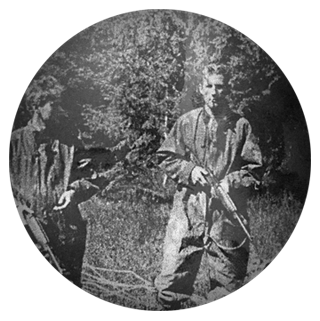Ashley Mansions
At first the Foreign and Home Sections shared an office but Mansfield Cumming soon decided he needed his own base – and one that provided him with accommodation. He settled on Ashley Mansions in Vauxhall Bridge Road and early in 1910 set up a bogus address with the Post Office – Messrs Rasen, Falcon Limited, a firm of ‘shippers and exporters’. This was the first example of what has since then become the classic ‘import/export’ espionage cover and anything sent to this address was forwarded to him at Ashley Mansions.








